Last Updated on June 20, 2024
Get to know strawberry blite (aka strawberry spinach plant, Chenopodium capitatum, Blitum capitatum, or strawberry goosefoot) for a fun & tasty wild food to forage this season. You can also grow this pretty and prolific plant in your garden.
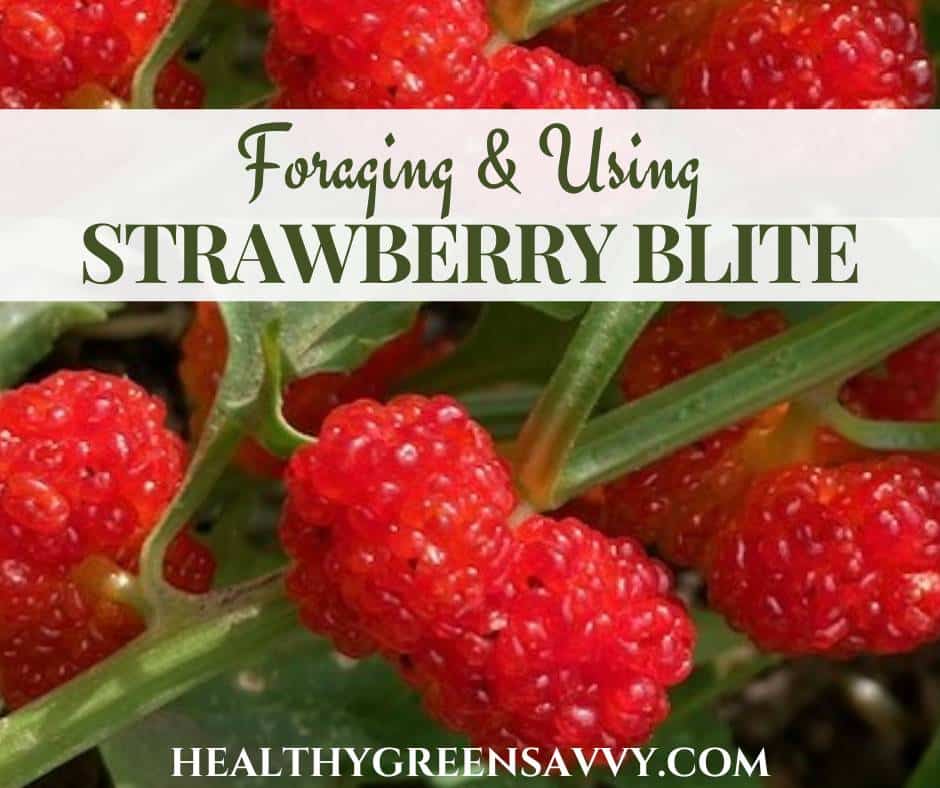
FORAGING STRAWBERRY BLITE / STRAWBERRY SPINACH PLANT
Pretty much every season, I discover a new plant growing in my yard. Whether it’s the wild violets usefully colonizing our shady front yard, the lemony sour grass or rampant Virginia waterleaf trying to take over, each season in the tiny yard I’ve now been tending — well, more often neglecting, actually — for over two decades some new visitor from the plant world shows up and calls it home.
I’ve learned not to pull any plant I find without first identifying it and then doing a search on whether it’s edible and possibly worth keeping, You might be startled to learn that numerous “weeds” you’ve been pulling all these years are in fact nutritious vegetables, whether it’s tasty purslane, versatile lambs quarters, or abundant amaranth leaves. And of course, superfood dandelions and medicinal ground ivy.
This year’s newcomer appeared when I dug a hole for a couple of peach trees I found that reportedly can survive our extreme winters. Disturbing the soil must have turned up a bunch of seeds, as in addition to a bountiful groundcover of yummy purslane, a lovely strawberry spinach plant took hold in the pile of poor soil dug out from the planting hole.
It was great fun to watch as the berries grew and multiplied, just as I got the last mulberries from our tree, another wild volunteer most welcome in our edible landscape.
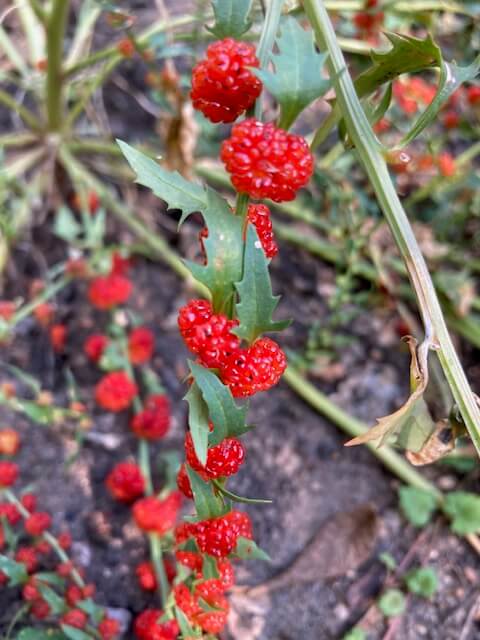
WHAT IS STRAWBERRY BLITE / STRAWBERRY SPINACH?
A member of the chenopodium genus, strawberry blite (Chenopodium capitatum, or Blitum capitatum) is also known as strawberry goosefoot, blite goosefoot, beetberry, and Indian Paint.
By the way, the word blite has nothing to do with the homonym ‘blight,’ which can refer to a plant disease. It comes from the Latin name for chenopods, blitum.
It’s native to North America but is cultivated in other parts of the world. You might see seeds for sale through select seed sellers.
The bright red berries are mildly sweet and pleasant-tasting, but not nearly as flavorful as wild black raspberries, serviceberries, or the strawberries they take their name from. But they’re still a fun foraging find as the season for wild fruits winds down. Plus one small plant can be surprisingly prolific, producing impressive amounts of fruit along its many stems.
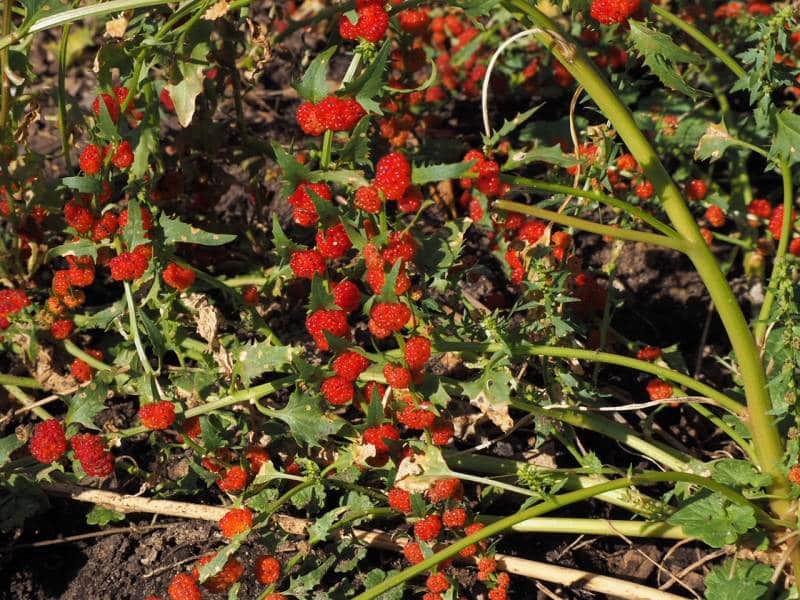
The leaves of the strawberry spinach plant can be used as well, in much the same way you’d use lambsquarters or amaranth. Try some in your favorite lambs quarter recipes.
They have a mild spinach flavor, without the mineral-y powder that can make lambs quarters less palatable sometimes. They’re also more tender and less chewy than lambs quarters.
Seed Savers Exchange sells strawberry blite seeds if you want to plant some in your garden. Their plant description mentions that the young stems may also be used. Photos of their strawberry blite and many others that pop up in a search have more magenta-colored berries with a slightly different growth habit than the one I found in my yard, so perhaps the cultivated varieties may have subtle flavor differences as well. If you try one, let me know!
Like other chenopods and cousin spinach (as well as plenty of common foods we consume regularly), strawberry blite contains oxalic acid, so people sensitive to oxalates should enjoy it in moderation. Some sources suggest that large amounts of the seeds may be toxic, but they don’t cite where they got this information. Better safe than sorry, though, so it’s probably wise not to consume huge quantities of berries.
FORAGING TIPS
As I’m sure you’re aware, the first rule of foraging is to always positively identify any plant you forage using all the features (growth habit, leaves, flowers, fruit, bark, and so on). You’ll find these features of the strawberry spinach plant described below.
You should also be sure that anywhere you’re foraging hasn’t been sprayed with pesticides and doesn’t have a history of soil contamination, such as busy roadways or urban areas with industrial pasts. Heavy metals can persist in the soil and can be taken up by plants.
Also be sure you have permission to forage from the land’s owner. Even “public” lands like state parks may have rules about taking plant material.
Want to gain more confidence foraging? Consider taking the Herbal Academy’s online courses on foraging or wildcrafting.
Having a good guide to wild plants is absolutely essential. Check out my recommendations for the best foraging books to have in your home library. (Sam Thayer’s incredible new guide is a must-have for every forager, no matter their skill level. Click on the cover below to learn more about the most comprehensive foraging guide I’ve ever seen.)
STRAWBERRY BLITE / STRAWBERRY SPINACH PLANT IDENTIFICATION
STRAWBERRY SPINACH PLANT GROWTH HABIT
Unlike its more common cousin lambsquarters (aka wild spinach), strawberry spinach plants have stems that branch at their base in a rosette pattern spreading along the ground rather than sending up a single vertical shoot.
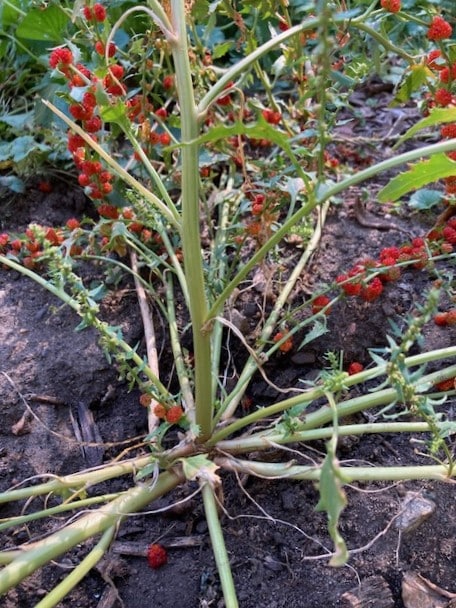
STRAWBERRY BLITE LEAVES
Strawberry blite leaves grow along the sprawling stems. They’re triangular and toothed, with a pointy tip. They’re hairless and smooth, but not shiny like mulberry leaves. The photo below shows them with some lambs quarters leaves to demonstrate the difference in shape. They also tend to be quite small, so gathering enough to make a meal may be a challenge.
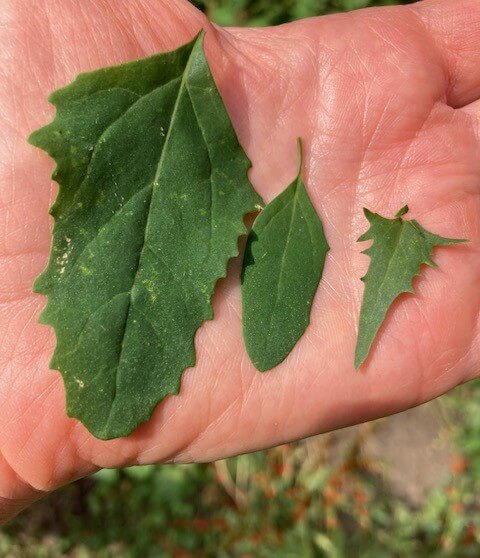
STRAWBERRY BLITE FLOWERS
Strawberry spinach has flowers that are small and inconspicuous, without petals. They almost look like tiny berries forming.
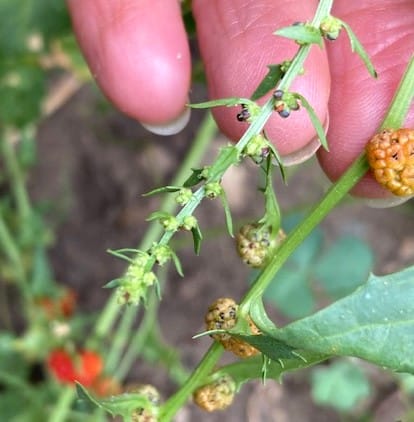
STRAWBERRY SPINACH FRUIT
Juicy orange-red fruits form along the stem. They start out a light green and slowly change to orange, then to red. Many sources say they resemble strawberries, but the way their fruit sacs are clustered I think they look much more like plump double raspberries.
When ripe, the berries can still have some orange to them. They’re very soft, and some juice may leak out as you pick them.
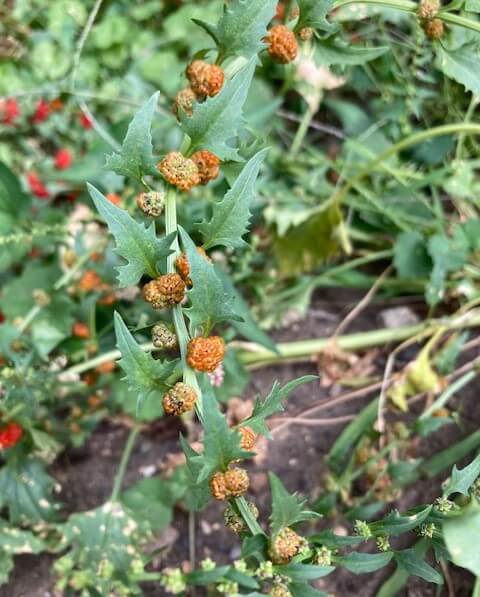
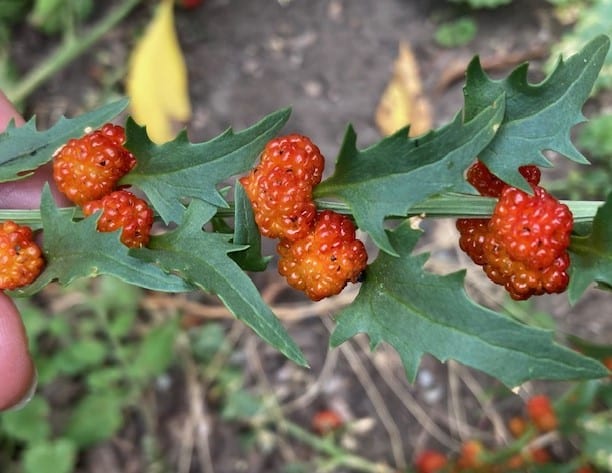

STRAWBERRY BLITE LOOKALIKES
My favorite foraging expert, Sam Thayer, notes that once strawberry spinach has its signature ripe berries, it’s “virtually unmistakable.” The one plant he lists as possibly confusing is the also-edible chenopod maple-leaved goosefoot.
CAN YOU GROW STRAWBERRY SPINACH PLANTS?
If you’d like to add strawberry spinach to your garden, you can save seeds from a wild plant or buy them online, through Etsy sellers, Rare Seeds, or the Monticello Center for Historic Plants shop, which sells seeds harvested from Thomas Jefferson’s gardens at Monticello.
HOW TO USE STRAWBERRY SPINACH
Strawberry spinach leaves
You can use the leaves of strawberry spinach as you would common spinach, raw or cooked. They’re a tender green at a season when many wild greens tend to be on the tough side. Enjoy them in salads, soups, stir-fries, or casseroles as you would cultivated spinach.
Strawberry spinach berries
The plentiful red berries are sweet but not especially flavorful, so you might want to use them with other berries if you’re making jam or muffins. You can also just nibble them plain, or use them as a pretty topping on salads.
Have you ever foraged or grown strawberry blite? What do you like to do with strawberry spinach plant?
Pin to save this info on strawberry spinach plant and foraging strawberry blite for later!

Disclaimers: Though HealthyGreenSavvy and EcoSavvy Writing LLC always aim to provide thorough and accurate information, we assume no liability or responsibility for any consequences, health issues, or symptoms that arise from ingesting or touching any plant described on this website. It is always the reader’s responsibility to ensure accurate plant identification and use multiple reputable sources to confirm. If you have any doubts about the identification of any plant, do not eat it.

Susannah is a proud garden geek and energy nerd who loves healthy food and natural remedies. Her work has appeared in Mother Earth Living, Ensia, Northern Gardener, Sierra, and on numerous websites. Her first book, Everything Elderberry, released in September 2020 and has been a #1 new release in holistic medicine, naturopathy, herb gardening, and other categories. Find out more and grab your copy here.
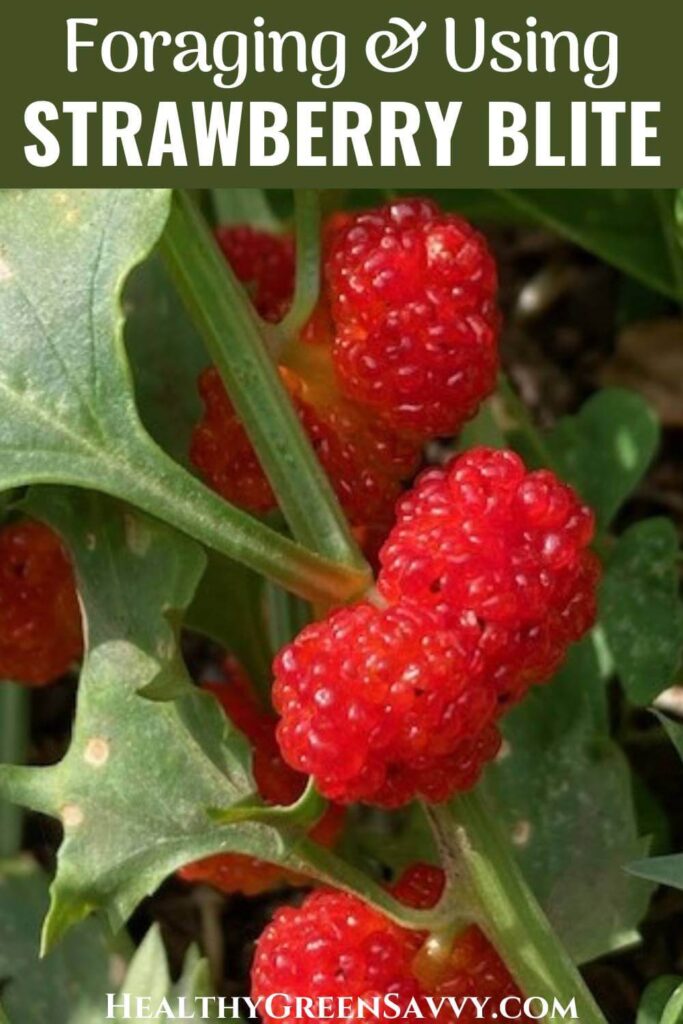



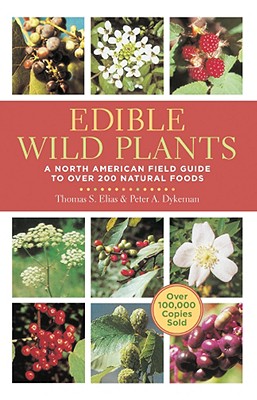
 Hi, I'm Susannah, a garden geek, energy nerd, and fan of healthy food and natural remedies. Need some simple, practical solutions for living healthier and greener? You've come to the right place! More about me and my green projects
Hi, I'm Susannah, a garden geek, energy nerd, and fan of healthy food and natural remedies. Need some simple, practical solutions for living healthier and greener? You've come to the right place! More about me and my green projects
Leave a Reply